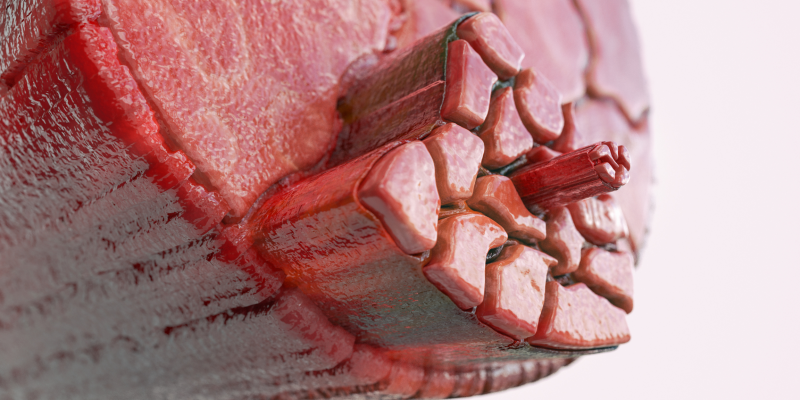Delayed onset muscle soreness (DOMS) is something everyone reading this has probably experienced. Some feel their heaviest DOMS 24 hours after a workout, whereas others know they pay the most for their leg days 2 days later. Both are normal responses to exercise.
What is DOMS?
DOMS is perceived as a dull, aching pain in the affected muscle, often combined with tenderness and stiffness. The pain is typically felt only when the muscle is stretched, contracted or put under pressure, not when it is at rest. This tenderness, a characteristic symptom of DOMS, is also referred to as “muscular mechanical hyperalgesia.” There are other working theories behind DOMS that attempt to explain the mechanism at a cellular level. Most deal with the presence of histamines, inflammation, prostaglandins, and other cellular markers of pain.
What causes DOMS?
Although the mechanism is not completely understood, the pain is thought to be a result of contractile tissue microtrauma- mechanical damage to the muscle on a very small scale. DOMS is increased with eccentric exercise, as this is thought to create more microtrauma to the muscle. On the contrary, DOMS can be controlled by emphasizing concentric-only exercise for applications like training for in-season athletes.
What doesn’t cause DOMS?
It’s not Lactic Acid. Lactic Acid is a byproduct of cellular metabolism and it typically clears within 1 hour of exercise. The best work out does not cause the most DOMS either. DOMS is a result of exposure to new movement and the new range of motion. It decreases with repeated efforts of the same workout: This specific adaptation to imposed demands is the cornerstone of a sound training program.
How do you recover from DOMS?
There are many anecdotal and bioscience ways to combat or reduce DOMS, including temperature manipulation, stretching, myofascial work, etc. The best-researched method to improve DOMS is simple light cardio (Cross trainer, Walking, or Swimming). If your legs are toast 2 days after a workout, don’t let that stop you from exercising again. In addition, deep tissue massage would maximize your recovery time.
Next step
Want to get in touch with our team of our therapist or you are looking for some advice? Simply fill in your details below & we get in touch with you shortly.
Our Approach
Dublin Sports Injury Clinicis a physical therapy clinic based in Pearse Street, Dublin 2. We have a holistic approach to our assessment and treatment. The initial assessment helps us to explore your risk factors and help you to get pain free shortly and stop any further injuries. We will design a customized training program for you to start with, and we will coach you and monitor your progress closely. We prescribe relative rest or modified activities as required.
Disclaimer:This article is for information only and should not be used for the diagnosis or treatment of medical conditions. You can contact us if you would like to book an appointment or get some advice from our therapist.
